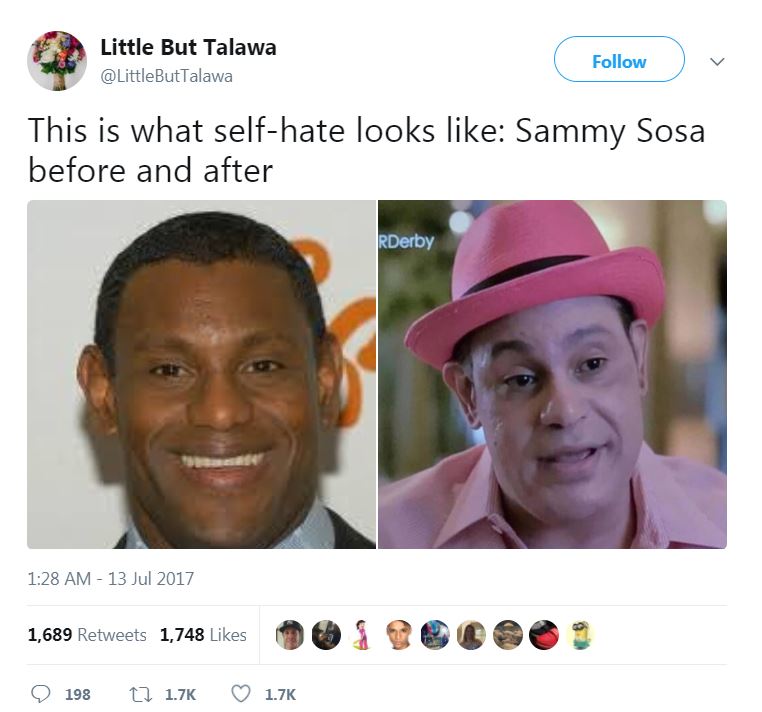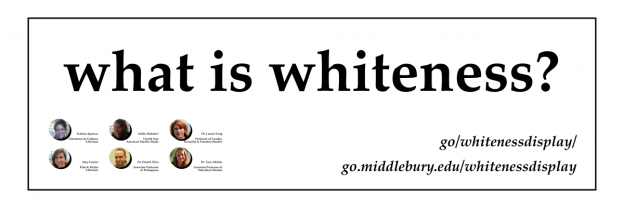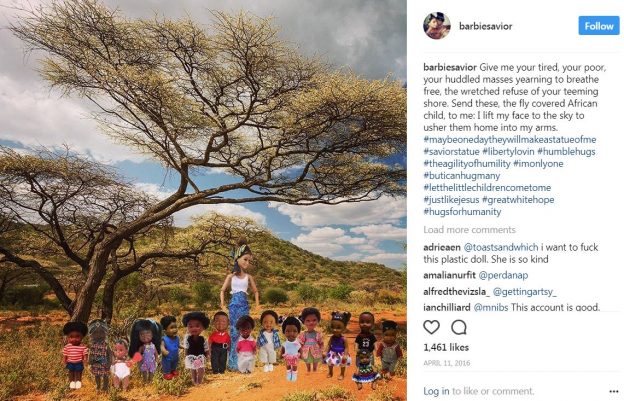20+ Relevant Terms for Discussing Whiteness
As a supplementary addendum to the “what is whiteness?” blog post, display and StoryCorps interview, some Middlebury staff and faculty have put together an informal glossary of terms that helps the community to discuss whiteness. For more on these terms, use reference materials and other published works found on this crowd-sourced list and beyond.
Contributors’ Names; Hometowns; Roles on Campus; Times At Midd:
- Katrina Spencer; Los Angeles, California; Literatures and Cultures Librarian; 10 months.
- Daniel Silva; Newark, New Jersey; Professor of Portuguese; 4 years
- Laurie Essig; from a lot of places, mostly NYC; Professor of Gender, Sexuality & Feminist Studies; 11 years
- Amy Frazier; Memphis, Tennessee; Film & Media Librarian; 2 years.
- Tara Affolter; Peoria, Illinois; Professor of Education Studies; 9 years
Terms:
bleaching/whitening; columbising; colorism; cultural (mis)appropriation; dominant culture/hegemony; double consciousness; Eugenics; invisibility/hypervisibility; miscegenation; passing; WASP; white anxiety; white fragility; white gaze; white guilt; white privilege; white savior complex; white supremacy; white tears; white trash; wypipo

A screenshot from Twitter user @LittleButTalawa‘s feed depicting before and after pictures of former baseball star Sammy Sosa, an athlete from the Dominican Republic. He has deep brown skin on the left and considerably paler skin on the right.
bleaching/whitening: Both of these terms describe processes in which people attempt to alter/reduce the pigmentation in their skin, typically to increase their social capital or perceived social capital. An additional element of this practice can include people avoiding exposure to the sun for fear of its potential skin darkening effect. In many cultures, bleaching and whitening reflect a prioritization and preference for a beauty paradigm that values pale/light skin. To see more on this industry and samples of products used for this practice, visit Dencia’s Whitenicious page. (Katrina) Continue reading →



You must be logged in to post a comment.